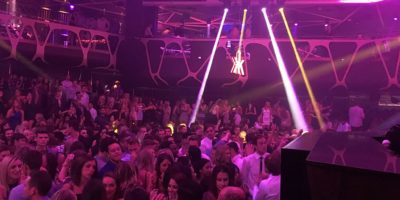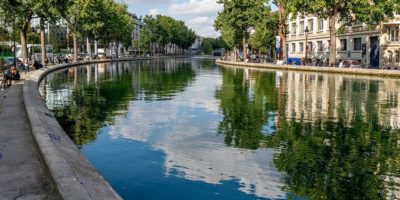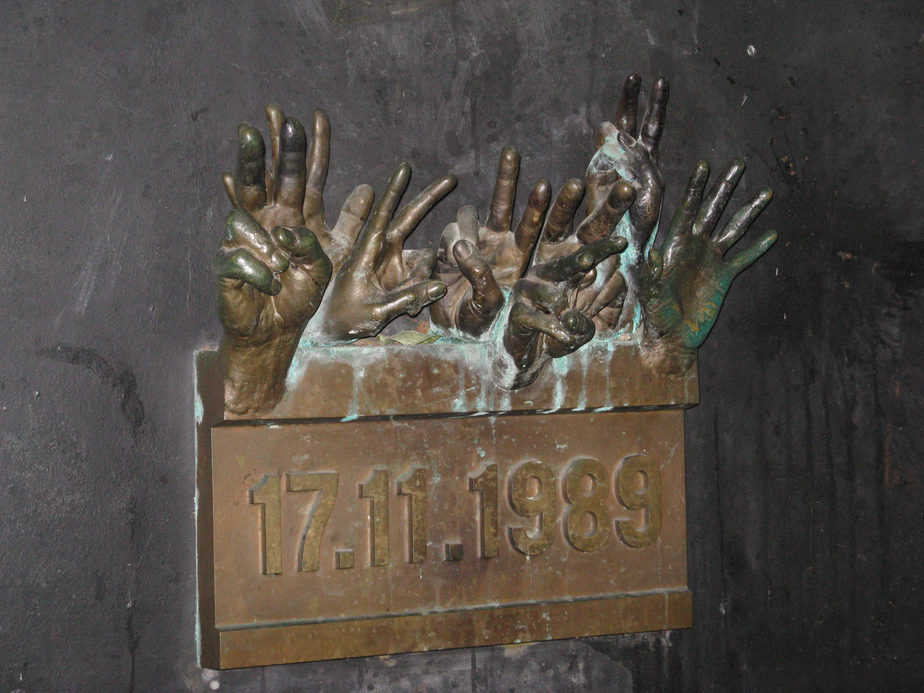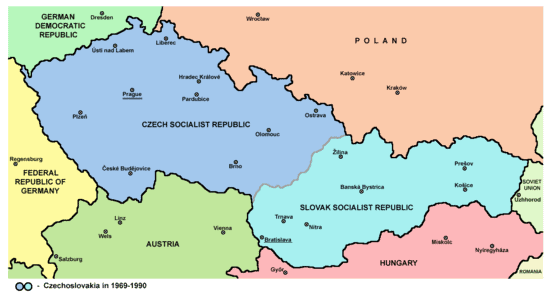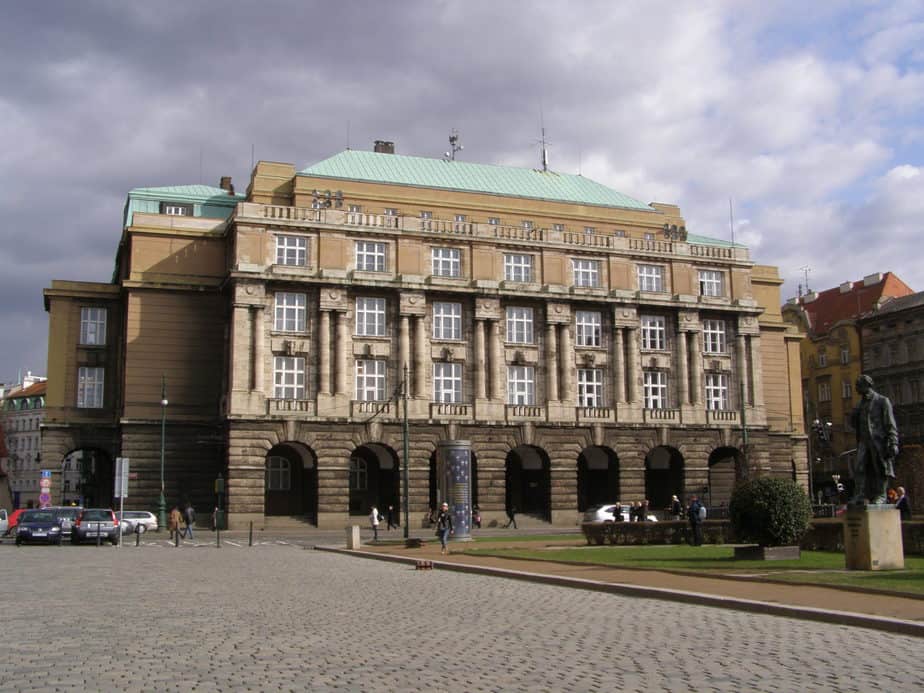Top 5 fascinating Historical Facts that happened in Prague
The heart of Europe. The beautiful capital of the Czech Republic. Prague is the home of amazing architecture, and the city itself is a UNESCO historical site. It is a well preserved medieval city that was formed during the Renaissance, Baroque and Gothic eras. It is surprising to note that Prague was the capital of Bohemia and in it lived several Holy Roman Emperors! This explains why it has such an amazing history and culture!
Here are five interesting historical events that have taken place in the city of Prague; a city you should really visit!
1. The building of the Czech Castle
The Prague castle is located in the Castle District Hradčany and was built by the first Christian Prince Bořivoj of the house of Premyslides in about 870 BC. It is formerly the seat of kings of Bohemia and now the residence of the President of the Czech Republic. The castle is also a UNESCO World Heritage site.
The Prague Castle houses the Gothic St Vitus Cathedral, the Romanesque Basilica of St Georges, Palaces, a monastery, and a defense tower; 11 gardens, five halls, four towers, four palaces, and four churches! Important Christian relics, relics of Bohemian Kings, art treasures, historical documents, and even crown jewels are kept at the castle. The first site was built using clay and stones and has been improved over the years. In the mid-10th Century, the Prague Castle became the seat of the head of state, the highest representative of the church; and had other structures such as a monastery inside it. The last building in the castle was done in 1929.
The masterpiece is a Guinness Book of World Records holder for being the largest ancient castle in the world.
2. Installation of the Astronomical Clock
Do you know when the first clock was installed in the world? Well in 1410, the third-oldest astronomical clock was installed in Prague, and guess what? It still works! And what do you do to the engineer who designs the most beautiful astronomical clock in the world, so that he doesn’t do a better job in another city? Do you award him? Do you kill him? No! Read on to find out what happened.
Mikuláš from Kadaň was an awesome clockmaker and every city wanted him to build an astronomical clock there. When the leadership of Prague heard of him, they invited him to build a clock, which turned out to be the most beautiful yet. Now how do they make sure he did not make a better one in another city? The leaders invited him to a party, got him drunk and let him go to rest; then they got men to gouge his eyes out- so that he could not see, and cut his tongue out so he could not tell anyone how to create another clock! Angry, Mikuláš vowed to revenge, which he did by throwing himself on the clock to destroy it and killing himself there. Part of the clock stopped working and it took a while for it to be repaired!
So, what exactly is this astronomical clock? And why was it a big deal? The astronomical clock tells more than just time. It can be able to show the position of the moon, the sun, the zodiac constellations, and other planets sometimes. The clock is called the Orloj; which also provides entertainment for the people of Prague.
The clock has statues around it including a skeleton representing death, which rings a bell every hour and the others shaking their heads to refuse death, there is one of the rotating 12 apostles that appears every hour well as one of a military guy, which represents the fear that people had of the Ottomans in Ancient Europe; there is also one which is holding a mirror which represents fear of vanity and one which represents fear of greed!
The clock has made parts to it; there is the middle part, has roman numbers which shows time. The middle part has glyphs that show the medieval Bohemian time; these glyphs are understood by very few people. The third part of the astronomical clock is an astronomical dial; a beautiful, ornate, and striking feature that shows astronomical features like the position of the sun and the moon and Zodiac signs.
If you are in Prague, make sure you check the famous astronomical clock out!
3. Velvet Revolution
After 50 years of not having freedom, Czechoslovakia overthrew the communist regime in a bloodless revolution on 19th November 1989. University students in Prague took to the streets to protest the death of a student Jal Opletal 50 years earlier at the hands of the Nazis and during the peaceful protest, also taking the chance to protest the communist rule in Czechoslovakia. They met the police who beat up a few of them; this was however seen as one of the most peaceful and bloodless protests around and was named the Velvet Revolution after the smooth fabric.
The Soviets had liberated Czechoslovakia during World War II and this meant that the country was a communist country and no other parties could contest elections or rule, and for a long time, the citizens felt they were unfairly treated. The protest from the student’s memorial turned into a movement, which now saw the overthrowing of the communist regime and a new beginning, that of democracy after 50 years of the communist rule in the country! And on 29th December 1989, a play writer anti-communism activist Vaclav Havel became the president of Czechoslovakia.
4. The Velvet Divorce -the breakup of Czechoslovakia
In 1993, the Federal State of Czechoslovakia dissolved into the Czech and the Slovakia republics in a peaceful concession after being a united country in 1918 when it gained independence from the Austria-Hungarian Empire.
On January 1st, 1993, the world woke up to two new countries, the Czech Republic and Slovakia, after new constitutions were drafted for the newly independent states. Even though a referendum was not held to enable the dissolution of Czechoslovakia and a poll that was held noted that most people preferred a united country, the two were split. There were differences between the two sections, the Czech Republic insisting on the privatization of industries while the Slovak section opposed the ideas among other issues. The leaders and the federal government also thought that the country was too big to be governed as one nation.
5. The University of Prague founded
Prague is quite an old city and one of the oldest universities in the world the Charles University- formerly University of Prague is located there. The university was opened in 1348 by the Holy Emperor Charles IV; whom the university is named after. This is the oldest university in Central Europe!
The University is very well known for courses in Mathematics, physics, medicine, humanities, law, journalism, pediatrics and education!
The Charles University was renamed the Charles-Ferdinand University after the Holy Roman Emperor Ferdinand II during the Jesuits rule in the 17th Century but during the suppression of the Jesuits in the 18th Century, it got its initial name back. The university carries a lot of history and has been through a lot; it was divided into German and Czech Universities in 1882, but after its reopening after World War II, the German institution was closed.
Planning a trip to Paris ? Get ready !
These are Amazon’s best-selling travel products that you may need for coming to Paris.
Bookstore
- The best travel book : Rick Steves – Paris 2023 – Learn more here
- Fodor’s Paris 2024 – Learn more here
Travel Gear
- Venture Pal Lightweight Backpack – Learn more here
- Samsonite Winfield 2 28″ Luggage – Learn more here
- Swig Savvy’s Stainless Steel Insulated Water Bottle – Learn more here
Check Amazon’s best-seller list for the most popular travel accessories. We sometimes read this list just to find out what new travel products people are buying.



